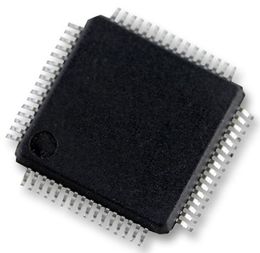

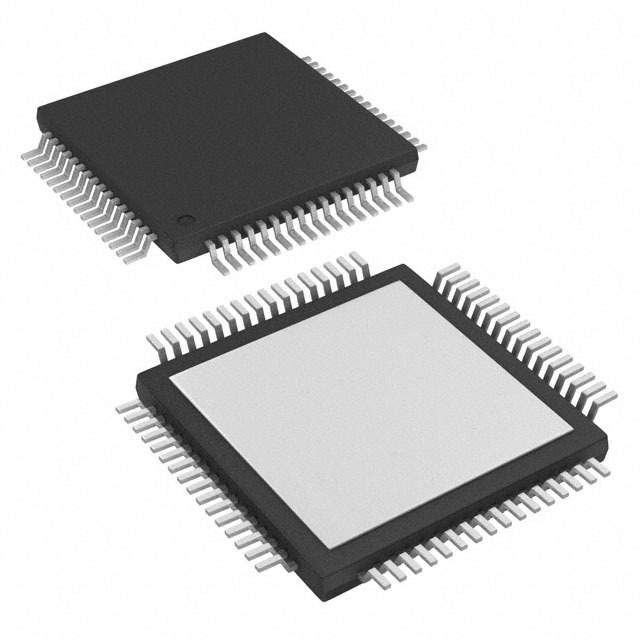
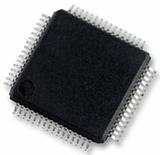
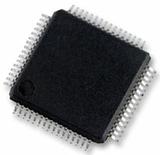

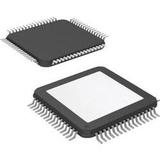


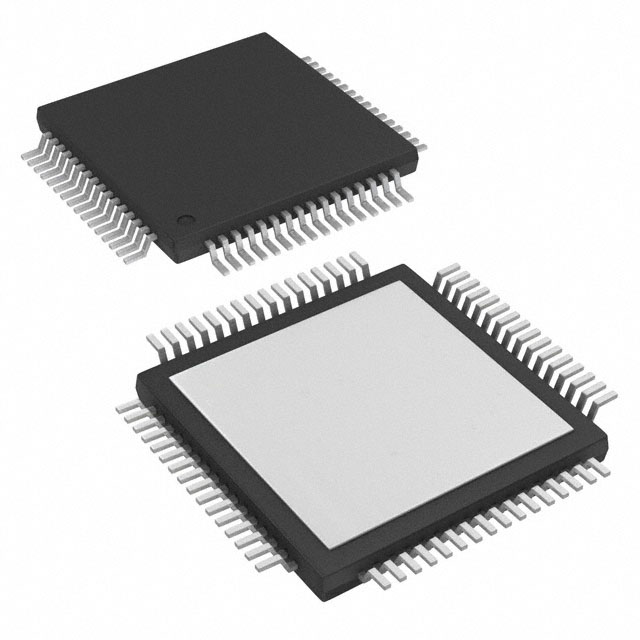
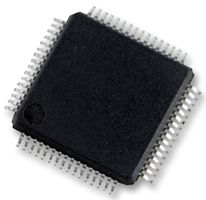


以太网收发器 ETHERNET TRANSCEIVERS
The TLK1201A/TLK1201AI gigabit ethernet transceiver provides for ultrahigh-speed, full-duplex, point-to-point data transmissions. This device is based on the timing requirements of the 10-bit interface specification by the IEEE 802.3 gigabit ethernet specification and is also compliant with the ANSI X3.230-1994 FC-PH fibre channel standard. The device supports data rates from 0.6 Gbps to 1.3 Gbps.
The primary application of the transceiver is to provide building blocks for point-to-point baseband data transmission over controlled impedance media of 50 . The transmission media can be printed-circuit board traces, copper cables, or fiber-optical media. The ultimate rate and distance of data transfer is dependent upon the attenuation characteristics of the media and the noise coupling to the environment.
The transceiver performs the data serialization, deserialization, and clock extraction functions for a physical layer interface device. The transceiver operates at 1.25 Gbps typical, providing up to 1 Gbps of data bandwidth over a copper or optical media interface.
The transceiver supports both the defined 10-bit interface TBI and a reduced 5-bit interface utilizing double data rate DDR clocking. In the TBI mode the serializer/deserializer SERDES accepts 10-bit wide 8b/10b parallel encoded data bytes. The parallel data bytes are serialized and transmitted differentially at PECL compatible voltage levels. The SERDES extracts clock information from the input serial stream and deserializes the data, outputting a parallel 10-bit data byte.
In the DDR mode the parallel interface accepts 5-bit wide 8b/10b encoded data aligned on both the rising and falling edges of the reference clock. The data is clocked most significant bit first bits 0-4 of the 8b/10b encoded data on the rising edge of the clock and the least significant bits bits 5-9 of the 8b/10b encoded data are clocked on the falling edge of the clock.
The transceiver provides a comprehensive series of built-in tests for self-test purposes including loopback and pseudorandom binary sequence PRBS generation and verification. An IEEE 1149.1 JTAG port is also supported.
The transceiver is housed in a high-performance, thermally enhanced, 64-pin VQFP PowerPAD package. Use of the PowerPAD package does not require any special considerations except to note that the PowerPAD, which is an exposed die pad on the bottom of the device, is a metallic thermal and electrical conductor. It is recommended that the device PowerPAD be soldered to the thermal land on the board.
The transceiver is characterized for operation from 0°C to 70°C TLK1201A or -40°C to 85°C TLK1201AI.
The transceiver uses a 2.5-V supply. The I/O section is 3.3-V compatible. With a 2.5-V supply the chipset is very power-efficient, dissipating less than 200 mW typical power when operating at 1.25 Gbps.
The transceiver is designed to be hot plug capable. A power-on reset causes RBC0, RBC1, the parallel output signal terminals, TXP, and TXN to be held in a high-impedance state.
电源电压DC 2.50 V
供电电流 90 mA
通道数 1
耗散功率 2890 mW
数据速率 1.30 Gbps
工作温度Max 85 ℃
工作温度Min -40 ℃
耗散功率Max 2890 mW
电源电压 2.3V ~ 2.7V
电源电压Max 2.7 V
电源电压Min 2.3 V
安装方式 Surface Mount
引脚数 64
封装 HVQFP-64
宽度 10 mm
高度 0.8 mm
封装 HVQFP-64
工作温度 -40℃ ~ 85℃
产品生命周期 Active
包装方式 Tray
RoHS标准 RoHS Compliant
含铅标准 Lead Free
REACH SVHC标准 No SVHC
REACH SVHC版本 2015/06/15
| 型号/品牌 | 代替类型 | 替代型号对比 |
|---|---|---|
TLK1201AIRCP TI 德州仪器 | 当前型号 | 当前型号 |
TLK1201AIRCPG4 德州仪器 | 完全替代 | TLK1201AIRCP和TLK1201AIRCPG4的区别 |
TLK1201AIRCPR 德州仪器 | 完全替代 | TLK1201AIRCP和TLK1201AIRCPR的区别 |
TLK1201AIRCPRG4 德州仪器 | 完全替代 | TLK1201AIRCP和TLK1201AIRCPRG4的区别 |